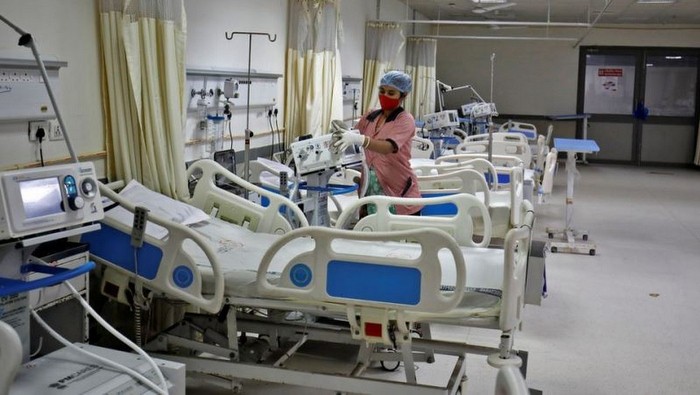The WHO leading experts said humanity can completely avoid the worst scenario of COVID-19. From traditional injections to new oral or spray forms, generations of vaccines against COVID-19 have been continuously researched, developed and updated.
Right before 2022, WHO approved the 10th vaccine for emergency use. The world's largest medical organisation believed that a series of powerful tools can reduce the number of infections, hospitalisation, the cases in intensive care and premature mortality caused by COVID-19.
After two years of anti-epidemic, the countries have had calmer and more flexible responses to the appearance of Omicron, the latest worrying variant of the SARS-CoV-2 virus. Most countries have shifted from the “zero-COVID” strategy, to safe and flexible adaptation to the pandemic. In the recently announced plan to deal with the Omicron variant, US President Joe Biden noted that “We should all be concerned about Omicron but not panicked. We're prepared, we know more, we just have to stay focused.”
Omicron appeared in about 110 countries and territories and has gradually become the main infectious variant in the US, UK, Denmark and Portugal. The scientists said it still needs to assess the danger of the new variant. Most current studies show that Omicron spreads very quickly but causes milder symptoms and a lower mortality rate, compared to the previous versions of SARS-CoV-2.
Epidemiologists predicted that humanity will probably have to use up the Greek letters to name new variants. The Alpha variant appeared and almost wiped out the original strain causing COVID-19, but it was later replaced by the Delta variant. Omicron is gradually replacing Delta and the world does not rule out the possibility of a new variant appearing and “overtaking” Omicron.
The signs proving that Omicron could be the last worrying variant have been pointed out by scientists. The US Centre for Disease Control and Prevention (CDC) said the vaccines against COVID-19 may need to be administered annually, like flu vaccines. If new variants keep emerging, the annual boosts can be adjusted to counter any “dominant variant”.
Experts expect that 2022 will be the year when policymakers find the most effective strategies for safe adaptation, towards treating COVID-19 as an endemic disease. Measures such as the annual injection of booster shots of COVID-19 vaccines, more frequent and rapid testing, application of the latest advances in treatment and formation of flexible epidemic prevention plans at workplaces and schools, will help minimise damages from the pandemic.
To achieve herd immunity, at least 70% of the population must be vaccinated. However, less than half of the world's population has been fully vaccinated up until now. It is important to accelerate delivery of vaccines to under-supplied countries. The United Nations continued to send a message of necessity of the joint efforts to come out of the pandemic. Without equality in access to anti-epidemic means, the reduction of infections in any country cannot be sustained over time.
It is difficult to hope for the disappearance of the virus, but the global approach, along with the appropriate tools and proactive and flexible adaptation of each individual, can help the world end the dark phase of the pandemic in the near future.
















